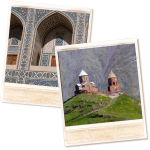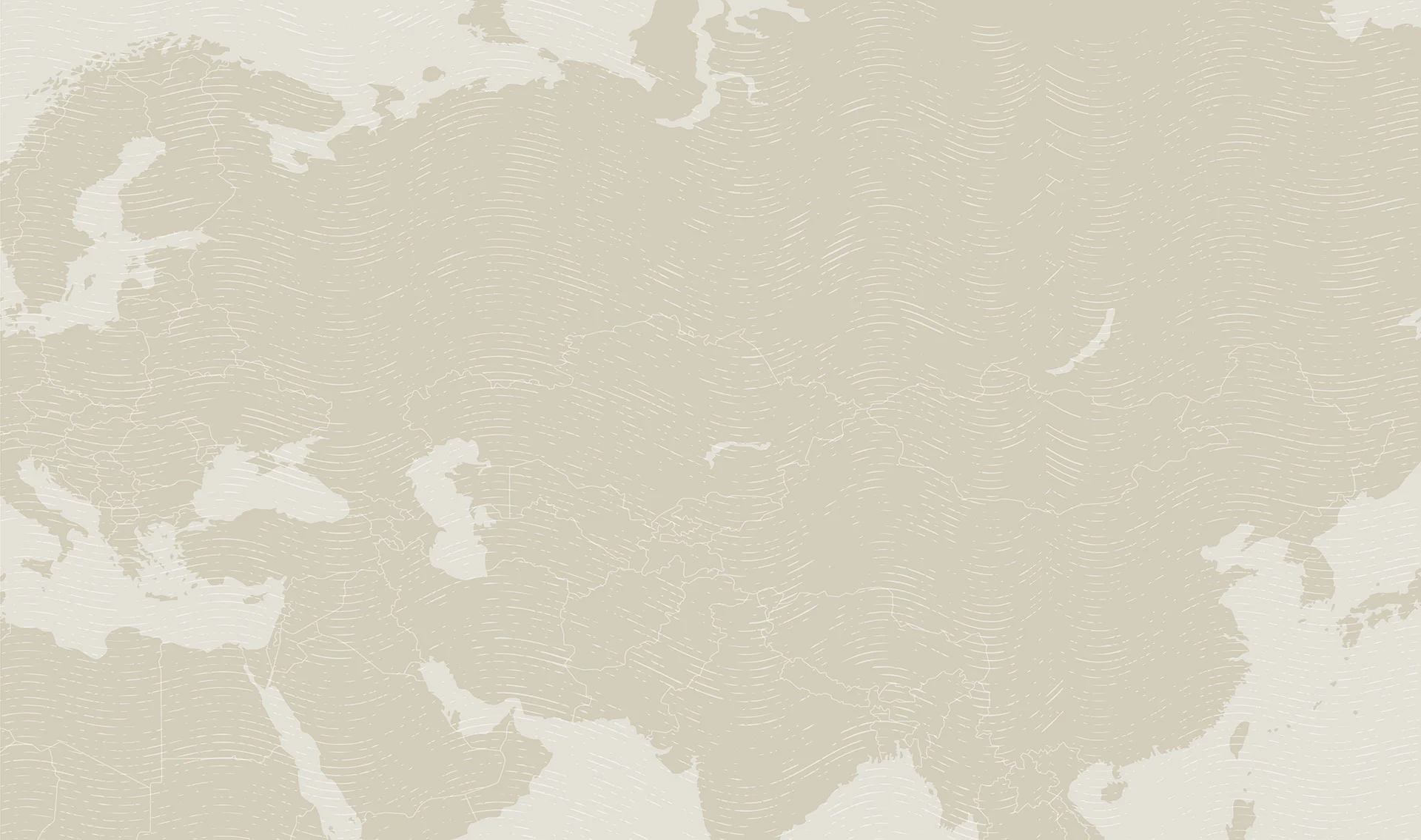4 Must-See Places in Belarus: Soviet Nostalgia and Chagall
Belarus is a country of wooden houses, factories, forests, and farmland where time slowed drastically after the devastation of WWII. If you didn’t get a chance to visit the Soviet Union before its demise, Belarus is the place to catch a glimpse of it.
The architecture of its main cities is still post-war Soviet time warp, and monuments to those lost in WWII dot the countryside. It’s not all grim and gray, though; the country has a lively cultural scene, including an acclaimed international arts festival in Vitebsk, Chagall’s hometown. Rural folk customs are still vital, and along the Polish border lies a vast ancient UNESCO-listed forest where the rare European bison, the wisent, roams.
Here are our recommendations for must-see stops that capture the charm and mystery of Belarus:
1. Khatyn and the Graveyard Villages
37 miles north of Minsk, the Belarusian capital, is Khatyn. This village was razed in a Nazi reprisal in 1943 and all of its residents save one perished. The site is now a memorial with a sculpture of the only survivor, Yuzif Kaminsky. Located nearby are other reminders of Belarus’ war suffering: the Graveyard Villages, honoring 186 villages that the Nazis annihilated; the Trees of Life, remembering 433 other places which were destroyed but rebuilt; and the Memory Wall, listing the Nazi concentration camps in Belarus and commemorating their victims.

2. Marc Chagall’s Hometown
Vitebsk, on the shores of the Dvina River near the border with Russia and Latvia, is the fourth largest city in Belarus. It is best known as the hometown of artist Marc Chagall, and the setting for many of his dream-like paintings. We’ve always loved Chagall’s painting Over the Town of lovers floating above Vitebsk.
The town was an important trade and cultural center as far back as the 12th century. Vitebsk became a significant Jewish settlement, or shtetl, after Catherine the Great’s decree exiling Russian Jews to beyond the Pale of Settlement. As the largest city near the border, Vitebsk drew many of the displaced Jews of St. Petersburg and Moscow. By 1900, almost 35,000 Jews lived in Vitebsk, over 50% of the population.
During WWII, the fighting between the Nazis and the Red Army nearly wiped out the entire population of Vitebsk, and it was not until the end of the 1960s that the town regained its pre-war population. Almost none of these were Jews. Today, more than 350,000 people live in Vitebsk. Its Chagall Museum, established in 1997 on Pokrovskaya Street, where his family lived, has only copies of the artist’s work.
3. Brest Fortress
Belarus’ second city, Brest, is located near the Polish border on the Berlin-Moscow railway. Founded by Slavs, the city was captured by the Germans in WWI and became part of Poland until the Soviet Union annexed it in 1939. After the war, Brest remained a part of Soviet Belarus. One of the most memorable sites here is Brest Fortress.
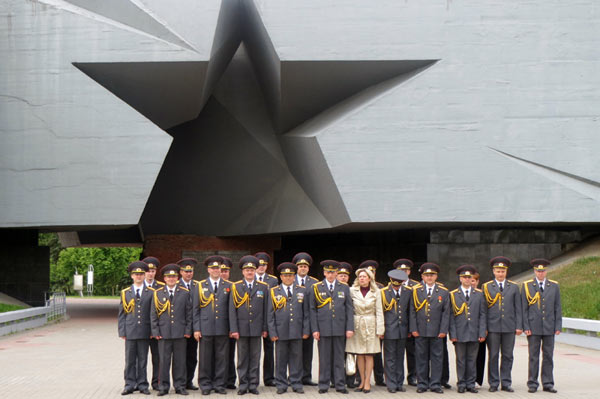
Czar Nicholas I had the massive Brest Fortress built between 1838 and 1842 on the territory of the Old Town. The crenellated red brick citadel became the main Russian outpost on the western border. During the interwar period the fortress was mainly used to house soldiers and did not have much military importance. But that changed with the sudden German invasion, when two regiments stationed at the fortress defended the fort for a month – a heroic defense making Brest one of the 11 “Hero Cities” of the former Soviet Union. Visit the ruins of the White Palace where the Brest-Litovsk negotiations were held, and visit the Defense of Brest Fortress Museum.
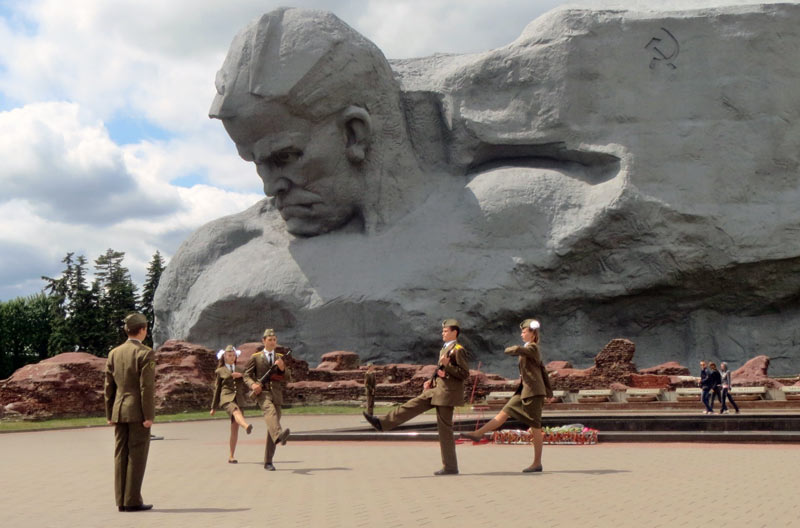
4. Belovezhskaya Pushcha Nature Reserve
This vast forest situated on the Polish border near Brest was the first site in Belarus to be inscribed onto UNESCO’s World Heritage list. It is home to thousands of animal and plant species, many of which are endangered. Originally a royal hunting grounds, Belarus’ half of it became a National Park in 1932 and the wisent (European Bison) was reintroduced after being hunted to extinction in the area. Now the park is home to one of the last herds of these rare creatures, along with bear, deer and lynx. Wander the aviaries, alive with countless species of woodland birds and visit the comprehensive Nature Museum, where guides tell some of the legends surrounding the forest.
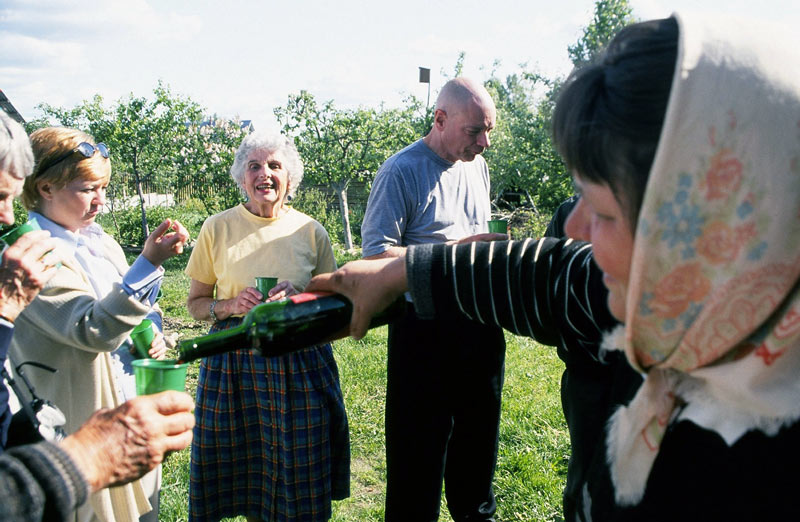
Travel to Belarus with MIR
MIR has been designing unforgettable custom itineraries though the modest little towns of Belarus for over 30 years.
Explore Belarus on an Award-Winning Tour. MIR’s small group tour Belarus, Ukraine & Moldova earned the title of “Tour of a Lifetime” by National Geographic Traveler.
Alternatively, a majority of our guests travel on custom private hand-crafted itineraries. Travel when, where, and how you want with MIR’s “Destination by Design” custom travel service.






